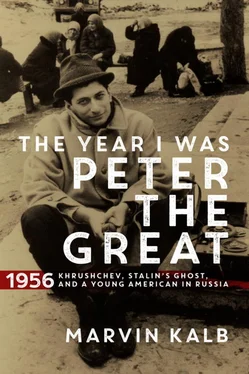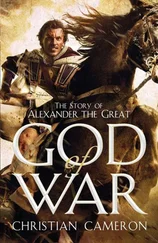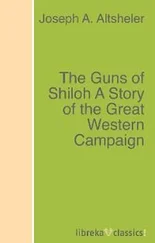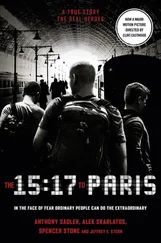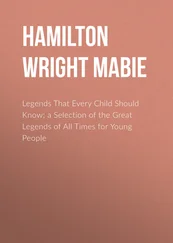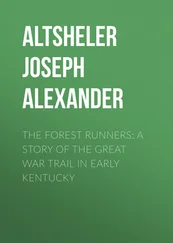“It’s okay,” I answered, not wishing to offend him or anyone else. It was, in fact, a dreadful rendering of the same “Stompin’ at the Savoy” I had heard in Tashkent.
My dinner companion screwed up his face in disbelief. Dismissively he muttered, “There is an old Russian saying, ‘If you don’t have meat, eat fish.’ Like everything else in this country, it is second rate.” He then poured another drink for himself, belted it back, and left.
The next morning I went to the marketplace. Unlike the one in Tashkent, the marketplace in Samarkand was a wide, open square. Peasants from surrounding villages brought large watermelons, cantaloupes, and grapes to market, and they seemed prepared to sit there for hours waiting for a customer. One of my favorite products, though, was not to be eaten, but worn—the small, native Uzbek hats, which are called tubeteiki . They were handmade and cost 150 rubles. I could not resist.
Now, for the “new” Samarkand. It dated back to czarist times but had been interestingly updated during Soviet times. I visited the Historical Museum, probably one of the best, if not the best, in central Asia. I was especially impressed by the archeologists’ research and restoration work, much of it proudly displayed. One expert was assigned to explain each project. The history of the Uzbek people was traced, not with disdain for a “backward” folk but with respect, which surprised me. When the czar’s army, and then the Red Army, invaded central Asia, they regarded the local people as either a nuisance or a threat, and killed them either way. Respect was the last thing on their minds. But now, in this special museum, Uzbek history and culture were subjects that seemed to attract serious scholarly interest. Even old khalats , trays, plates, and lacquered boxes, the work of craftsmen who had spent a lifetime beautifying a single plate, were treated with a courtesy rarely seen in other Soviet museums.
When my guides were explaining the past, they were in their element. But when it came time to explain the present, they were embarrassingly trapped in a political dilemma created by the Khrushchev speech. At least half of the museum was devoted to the history of Soviet Uzbekistan, from its founding to the day of my visit. Not surprising, then, was the fact that paintings and photos of Stalin were on almost every wall. He had been the boss from day one. None of the pictures had yet been removed, even though the legend of Stalin was now under daily attack in national newspapers and magazines. Many museums in Moscow faced the same dilemma. What was my guide to say about a hero, a god, a vozhd , who was no longer in good standing? He decided to say nothing, not a single word. He went on endlessly, it seemed, when comparing the wonders of Soviet Uzbekistan to czarist-controlled Uzbekistan, but he refused to say anything about the dark, mustachioed face staring down at him and us. My guide retreated to time-tested clichés about the glories of Soviet manufacturing.
Fingering a new khalat , he said with unpersuasive pride, “This design took Soviet Uzbeks five minutes to make by machine.” Then, pointing to a delicate, intricate design on an old khalat , finished three hundred years before, he said, “Now look at this khalat . Do you realize it took this man a whole lifetime to weave it? But is there really that much difference?”
There was, in fact, a world of difference. Did my guide appreciate the difference? I doubted it. Time and again, as he compared uninspired and sloppy Soviet craftsmanship to old Uzbek craftsmanship, he seemed unable to appreciate that one was awful and the other beautiful.
In one room I was quite astonished to see a very large painting of what looked like Russian soldiers killing Uzbeks. Why would Soviet authorities choose to remind Uzbeks of these slaughters? I asked my guide, “Who are the Uzbeks being killed?” He looked around and, lowering his head, whispered, “They are the Basmachi, rascals who raised trouble during the early twenties.” He again looked around, and dropping his voice still another octave, continued, “They were counterrevolutionaries who had to be wiped out. They were regressive forces. They held up the imposition of Soviet authority, which is an advanced form of government. In opposing the Soviets, they became regressive, anti-Soviet and hence anti-revolutionary.” On an opposite wall was another large painting of Russian troops storming a Samarkand fortress in 1888 and killing the Uzbek defenders. It was beyond me why museum authorities continued to feature paintings of Russians killing Uzbeks.
During my stay in Samarkand I had no trouble with my Intourist guides. While not friendly, they were all helpful. I told them that I would like to visit the Pushkin Library, the Uzbek State University, and the Friedrich Engels Cotton Collective Farm. For what reason, they asked. “I’m interested in Timur and the people of central Asia,” I answered. Whether they believed me or, more likely, suspected me of some hidden but surely nefarious scheme, I had no way of knowing. But they arranged the visits, as requested, and I was grateful.
The Pushkin Library was actually the one-story home of a former czarist governor of central Asia. It consisted of five rooms, one large, the others small, but all filled with dusty books that looked as if they had not been opened for many years. The garden in the back was crowded with Uzbeks and Tajiks, many catching forty winks on rugs stretched out in the shade of a big tree. A few were actually reading. One was tickling a girl’s feet as she pretended to sleep.
The director, a Russian woman, asked, “Why are you interested in Timur?”
“Because,” I answered, “he was a great man.” For the director of the Pushkin Library in Samarkand, it was the perfect response. What could she say? Off she went to find a book or two, while I deliberately loitered in the garden, hoping my presence, that of a very tall foreigner, would attract attention. And it did. Slowly, a dozen or so teenage girls began to gather around me. They were short, thin, and very pretty. They wore brightly colored skirts, blouses, and kerchiefs, and their hair was in long braids trailing down their backs. Once they learned that I was an American, they bubbled with questions, their curiosity over the top. They wanted to know about everything from Eisenhower to Harvard.
“Can we take a picture of you?” they asked.
“Yes,” I said, “and may I take pictures of you?”
Yes, indeed.
“If you send me a copy of this picture,” one youngster said, “I shall treasure it all my life. I love Americans.”
The director returned with two old books and many apologies. There were no other books on Timur in the city where he was buried. I was puzzled. She tried to explain. “These days, one finds out all about central Asia in Moscow,” she said. “Go to the Lenin Library. There are many books on Timur there.”
“Isn’t it strange,” I remarked, “that there are so few books on Timur in Samarkand’s major library?”
She seemed embarrassed, yet held to the safe party line. “No, not at all. All information about central Asia’s past is in Moscow. Years ago, all of this material was removed from Samarkand. Our best students now study Uzbek history in Moscow.”
I was late for my appointment at Uzbek State University. My Intourist guide had mysteriously vanished, and one of the teenage girls, seeing my predicament, raised her hand. “Do you know where the university is?” she asked.
“No, but I’ll find it.”
“No, I shall escort you there. May I?”
“Please, I’d be delighted.”
We set off down the street and took a short cut, as she put it. I saw an old, fenced-in brownstone building. It instantly sparked a memory. I had seen it before, in the painting of the fortress where the Russians had killed so many Uzbeks in 1888. My teenage guide said, “It’s now an MVD base.”
Читать дальше
